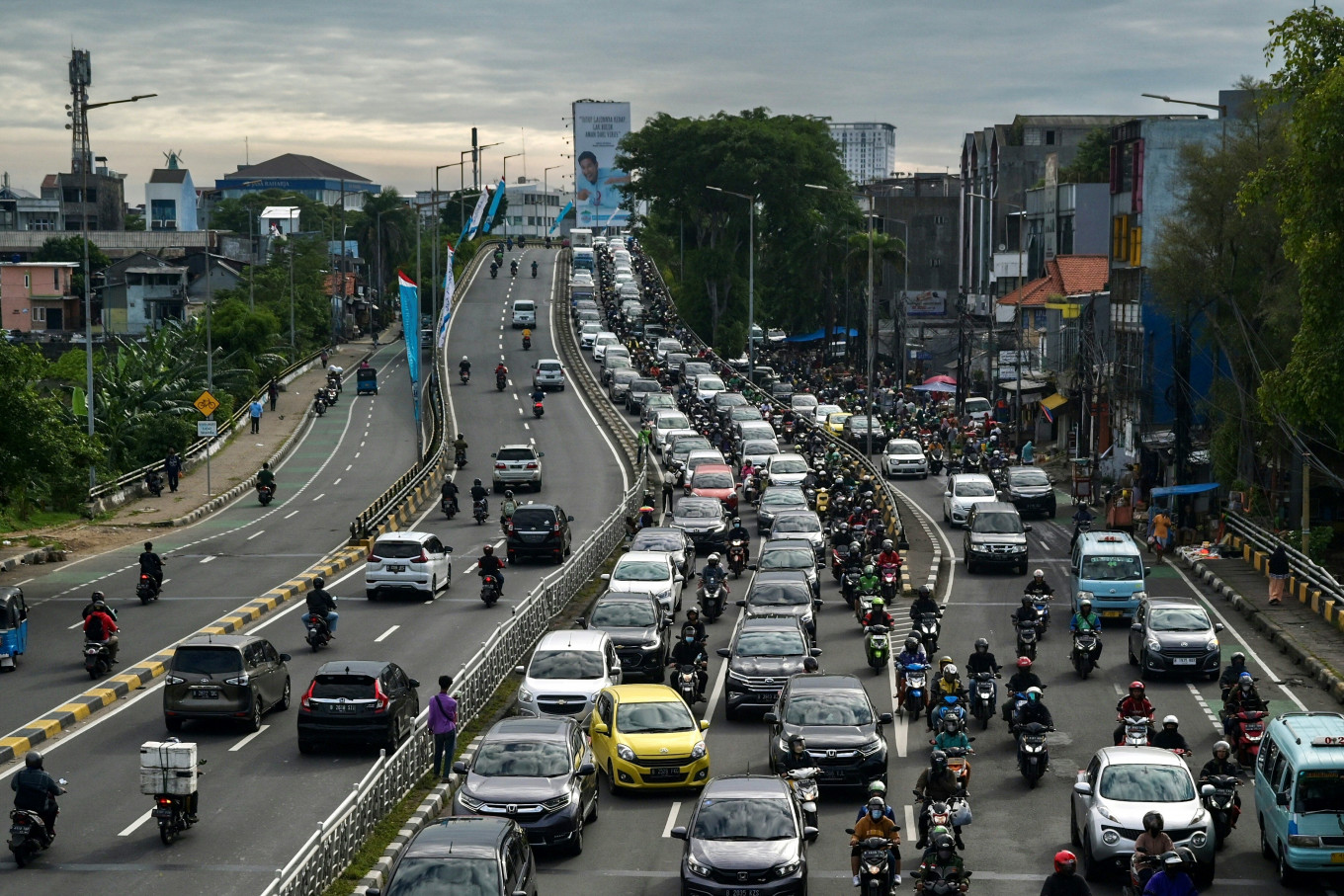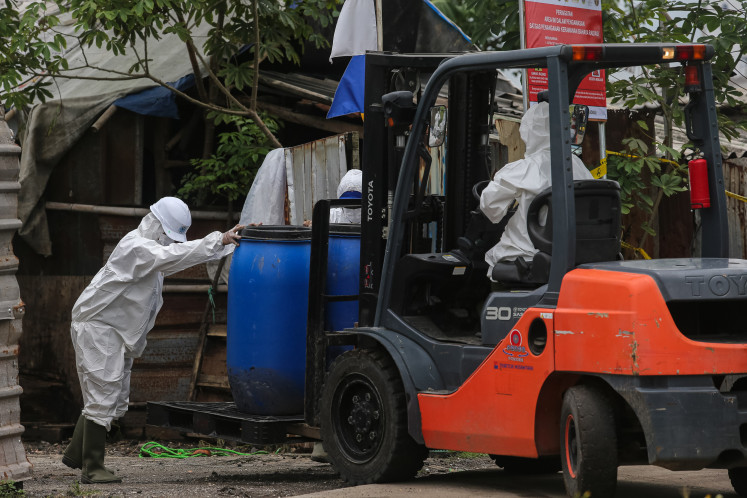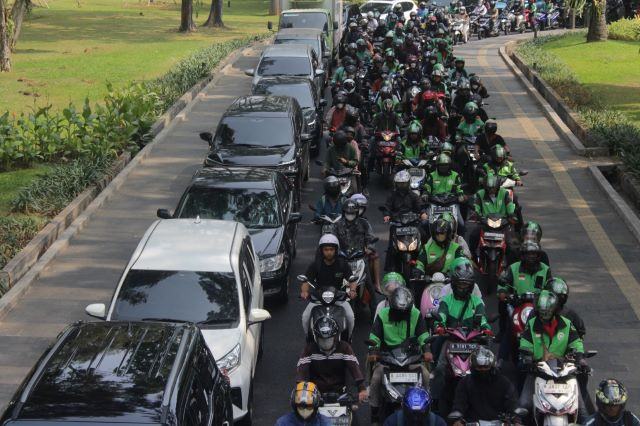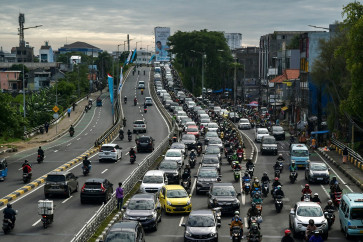Popular Reads
Top Results
Can't find what you're looking for?
View all search resultsPopular Reads
Top Results
Can't find what you're looking for?
View all search resultsJakarta’s traffic problem re-emerges as congestion bounces back to pre-pandemic levels
Change text size
Gift Premium Articles
to Anyone
A
s Indonesia gradually moves on from the COVID-19 pandemic with the end of curbs earlier this year, Jakarta commuters are also getting reacquainted with the city’s notorious traffic congestion, with data showing that Jakarta’s traffic has largely returned to pre-pandemic levels.
“In 2019, Jakarta’s congestion level was at 53 percent. [...] By 2021, we’d improved to [34 percent] because of the pandemic, but in 2022, we estimate that the congestion level is already back to above 50 percent,” Jakarta Police traffic director Sr. Comr. Latif Usman said recently.
Data from TomTom Traffic Index corroborates this, showing that morning and evening rush hour traffic on weekdays in the past week has largely risen to pre-pandemic levels. On Tuesday, TomTom recorded a 57 percent congestion level at 8 a.m., far above the 37 percent level recorded in 2021, and a few points behind the 62 percent recorded in 2019.
Based on traffic data in 2022, the Jakarta Police’s traffic division estimated that commuters lost around 30 minutes per trip on average, costing the country around Rp 70 trillion (US$4.69 billion) in total throughout the year.
Head of the Jakarta chapter of the Indonesia Transport Society (MTI) Yusa Permana went further and said that the city’s congestion level was more akin to 2015, when Jakarta’s public transportation network was not as refined as it is now.
“People have gotten used to not commuting [because of the pandemic]. And when they do commute, they now prefer the comfort of their own private vehicles,” Yusa told The Jakarta Post.
To alleviate Jakarta’s congestion problem, the transportation researcher said that Jakarta must find a way to make public transportation attractive to this demographic.



















